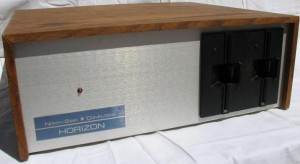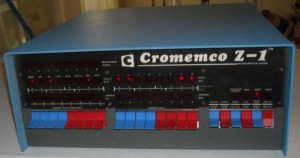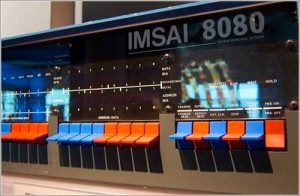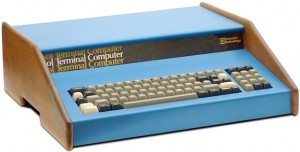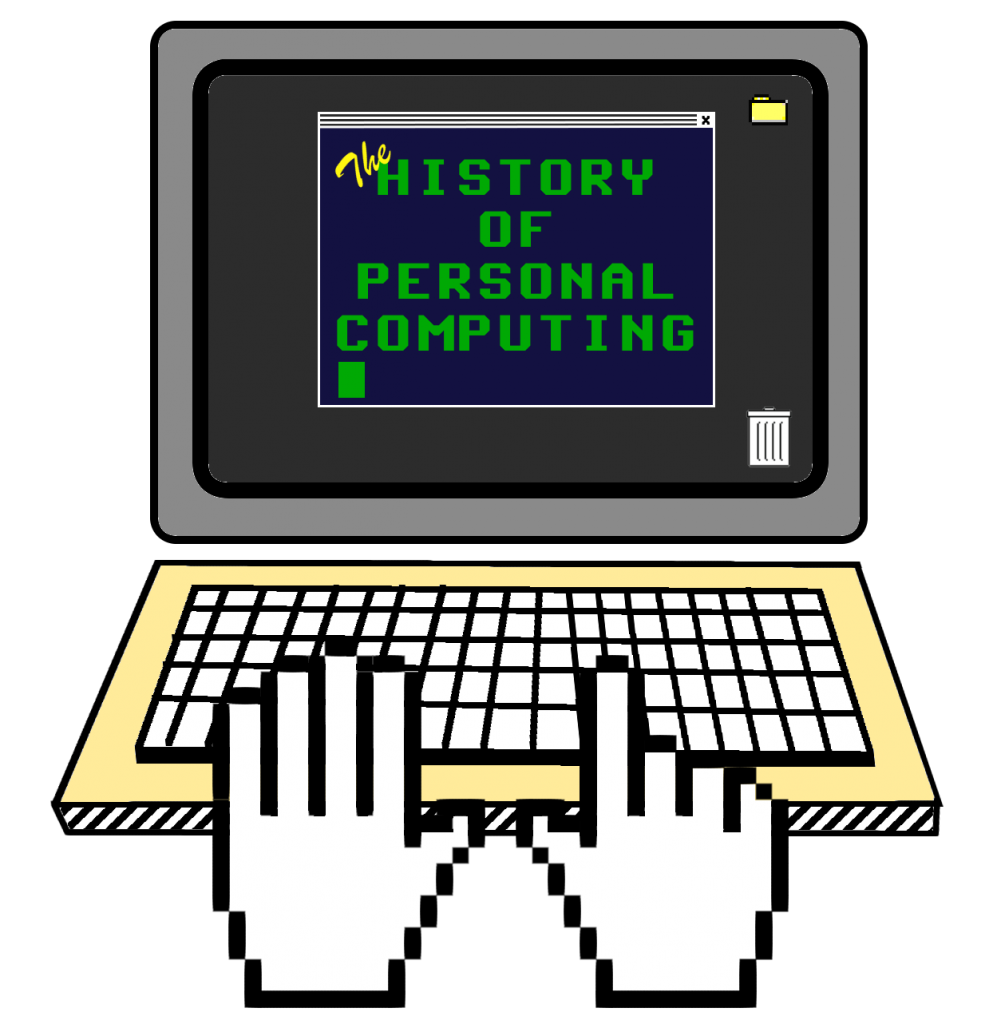NorthStar Horizon
Friday, November 14th, 2014Like many of the early strong competitors in the microcomputer game, North Star Computers is mostly forgotten these days. The company was founded by Mark Greenberg and Charles Grant in 1976 to sell IMSAI computers in Berkeley, CA. Originally called Kentucky Fried Computer, a lawsuit from . . . Kentucky Fried Chicken . . . and forced them to consider a name change, which they ultimately did. Also like some other computer startups of the time, North Star began making and selling add-ons for S-100 bus computers. Their first product was the Floating Point Board, which implemented a floating point coprocessor for 8080-based micros. They soon added a Z80A processor board, as well as RAM boards to their lineup. Continue reading NorthStar Horizon…
